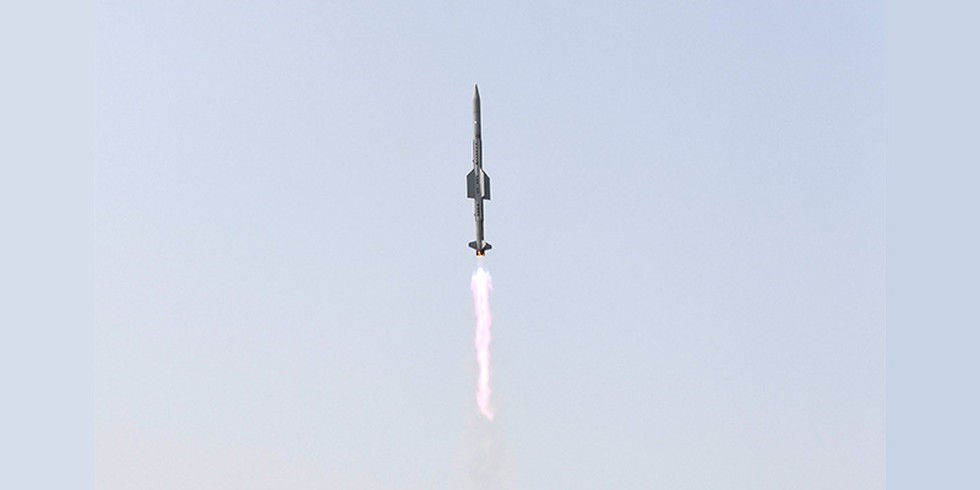
Vertically-Launched Short-Range Surface-to-Air Missile (VLSRSAM)

28.03.2025
Vertically-Launched Short-Range Surface-to-Air Missile (VLSRSAM)
|
For Prelims: About Vertically-Launched Short-Range Surface-to-Air Missile (VLSRSAM) |
Why in the news?
India successfully flight tested the vertically launched short range surface to air missile (VL-SRSAM) from a defence test facility off the Odisha coast recently.
About Vertically-Launched Short-Range Surface-to-Air Missile (VLSRSAM):
- It is an indigenously developed Short-Range Surface-to-Air Missile (SRSAM).
- It is developed by the Defence Research and Development Organisation (DRDO).
- It is a quick reaction missile capable of neutralising various aerial threats at close ranges, including sea-skimming targets.
- Initially designed for the Indian Navy for a strike range of 40 km, it can now attack targets up to 80 km.
- The missile is now being developed for use by the Indian Air Force to protect its air bases.
Features of the VLSRSAM:
- Having a diameter of 178 mm and a wingspan of 508 mm, the missile is 3.93 metres long.
- It weighs around 170 kg and uses solid propellant.
- With a maximum speed of Mach 4.5, the weapon system can reach an altitude of 16 km.
- During the mid-course flight, the missile uses a fibre-optic gyroscope-based inertial guidance mechanism, while the terminal phase uses active radar homing.
- It comes as an integrated missile and weapon control system (WCS) with a capability to hold multiple missiles in a twin quad-pack canister configuration.
Source: The New Indian Express
Consider the following statements regarding the Vertically-Launched Short-Range Surface-to-Air Missile (VLSRSAM), recently seen in the news:
Statement-I: It was indigenously developed by the Defence Research and Development Organisation (DRDO).
Statement-II: It has a range of around 200 km.
Which one of the following is correct in respect of the above statements?
A.Both Statement-I and Statement-II are correct, and Statement-II is the correct explanation for Statement-I.
B.Both Statement-I and Statement-II are correct, and Statement-II is not the correct explanation for Statement-I.
C.Statement-I is correct, but Statement-II is incorrect.
D.Statement-I is incorrect, but Statement-II is correct.
Answer C